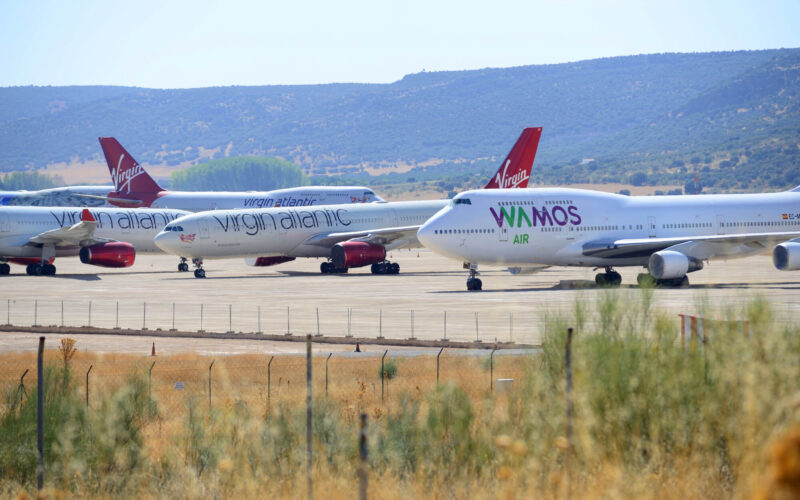Sabena Technics, one of Europe’s leading MRO providers, plans to open a new aircraft servicing facility at Ciudad Real International Airport in Spain, as reported in Spanish media on April 23, 2023.
This decision brings a new lease of life, and potentially a potential path for growth, to this airport in in the Mancha region of central Spain, which for years has struggled to find a viable business model.
Soon after its opening in 2009, it became clear that Ciudad Real International Airport (CQM), built 220km (140 miles) south of Madrid at a cost of €1.1B billion, was not up to expectations.
The greenfield location made it possible for Ciudad Real International Airport to be constructed on a truly grand scale, including a 4,100m-long runway, one of the longest in Europe and capable of receiving any type of aircraft. Its promoters marketed it as an alternative gateway to Madrid and one that was unlikely to run out of space any time soon.
However, the airport’s direct access to the Madrid-Seville high-speed rail line proved insufficient to overcome its distance from any major population centers, and it failed to attract any significant operators.
This shortfall between expectation and reality led to the airport’s bankruptcy and closure in 2012, just three years after its opening. The timing of its opening, right in the aftermath of Spain’s 2008 catastrophic economic crisis, ensured that Ciudad Real International Airport soon became synonymous across Spain with the financial excesses of the pre-crisis era.
In the years that followed, several schemes had the airport at its center, including an alleged plot by an organised crime group to acquire it in order to turn it into an entry point for illegal drugs, an attempted acquisition by a Chinese investment group which offered to buy the facility for €10,000, and legal complications related to the activity of one of the investors that finally bought the airport in 2016.
Since 2019, the airport has recovered some activity in areas such as MRO and cargo, and during the COVID pandemic it served as a storage place for a significant number of airliners.
The Sabena Technics project, which will see some 100 aircraft being serviced at Ciudad Real per year, adds to this specialization. In this regard, Ciudad Real International Airport will be following in the footsteps of other airports in Spain, which have chosen to specialize in industrial and storage activities.
For example, Teruel Airport, located in the sparsely populated highlands of Eastern Spain, has become one of the largest industrial airports in Europe and served as a storage point for a large portion of the global A380 fleet during the pandemic. Lleida-Alguaire, in the plains of Western Catalonia, has also carved a niche for itself within the same market. In both cases, this industrial focus has come alongside the development of a cluster of aeronautical activities.
The dry climate and the availability of space are two major assets that have helped these Spanish airports to gain a foothold in this market.
The agreement between Sabena Technics and the company managing Ciudad Real International Airport will run for 25 years and employ 150 people. Two additional facilities are set to be built: one hangar for aircraft painting and another to store engines, parts and components.
Representatives of Ciudad Real International Airport declined to provide comment at this stage when contacted by AeroTime.

